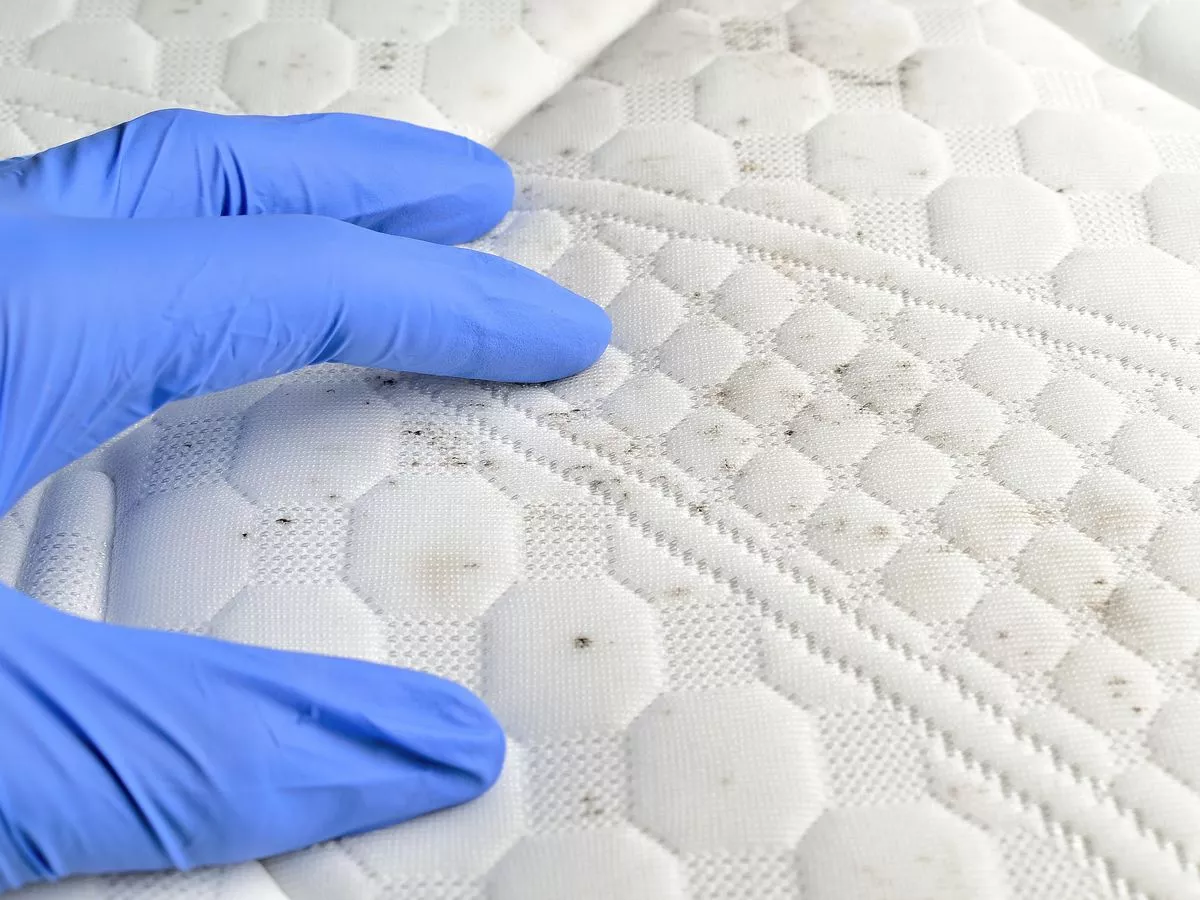Copyright dailyrecord

Anyone who owns an electric blanket is being warned that mould may be growing on their mattress. While many of us rave of the benefits of having a heated throw under our bedsheets to maximise cosiness in the winter and save having to put on the heating, the warmth of an electric blanket can actually create the ideal environment for mould to spawn in your mattress. Myles Hardy, mattress expert at Custom Size Beds , has warned homeowners that excess heat in the bedroom, from constantly using electric blankets or even just from having the heating on, could affect the breathability of your mattress, “creating an ideal environment for mould, mildew, and unpleasant odours”. Mould can have significant effects on our wellbeing, particularly the health of our lungs and airways. Living in a property with untreated mould and poor ventilation can cause respiratory conditions, and in the worst cases, even death, according to Gov UK. The biggest cause of mould in beds is the combination of heat and a lack of airflow in and around the mattress, Myles explains. But there are ways to prevent the growth of damp and mould in your bed. The expert said: "Using an electric blanket or keeping the heating high can create a warm, humid environment , which may trap condensation if the mattress can’t breathe. "It’s perfectly fine to use [an electric blanket], just don’t leave it on all day, and make sure your mattress base allows air to circulate. "A completely solid bed base can stop air circulating underneath the mattress, which over time can lead to moisture build-up and even mould. Especially in winter, when heating is on and windows are closed, that lack of airflow can make things worse. "Without ventilation, moisture can build up inside the mattress, creating an ideal environment for mould, mildew, and unpleasant odours. It can also reduce the mattress’s lifespan and, in some cases, affect comfort and support over time." So how can you prevent this from happening? The expert explains that allowing air to pass under the mattress and letting it breathe will decrease the chances of mould being able to grow. Myles shared four ways to allow more air to circulate under your mattress. These include: Other tips for ensuring your mattress is protected in the autumn and winter months include airing it regularly, which you can do by pulling back the duvet for a few hours each week. Flipping your mattress every few months also keeps the wear on it more even, and using a breathable and washable mattress protector will help it last longer. Rather than overheating the room in winter, a gradual, constant and moderate temperature is best for the materials of your mattress.



